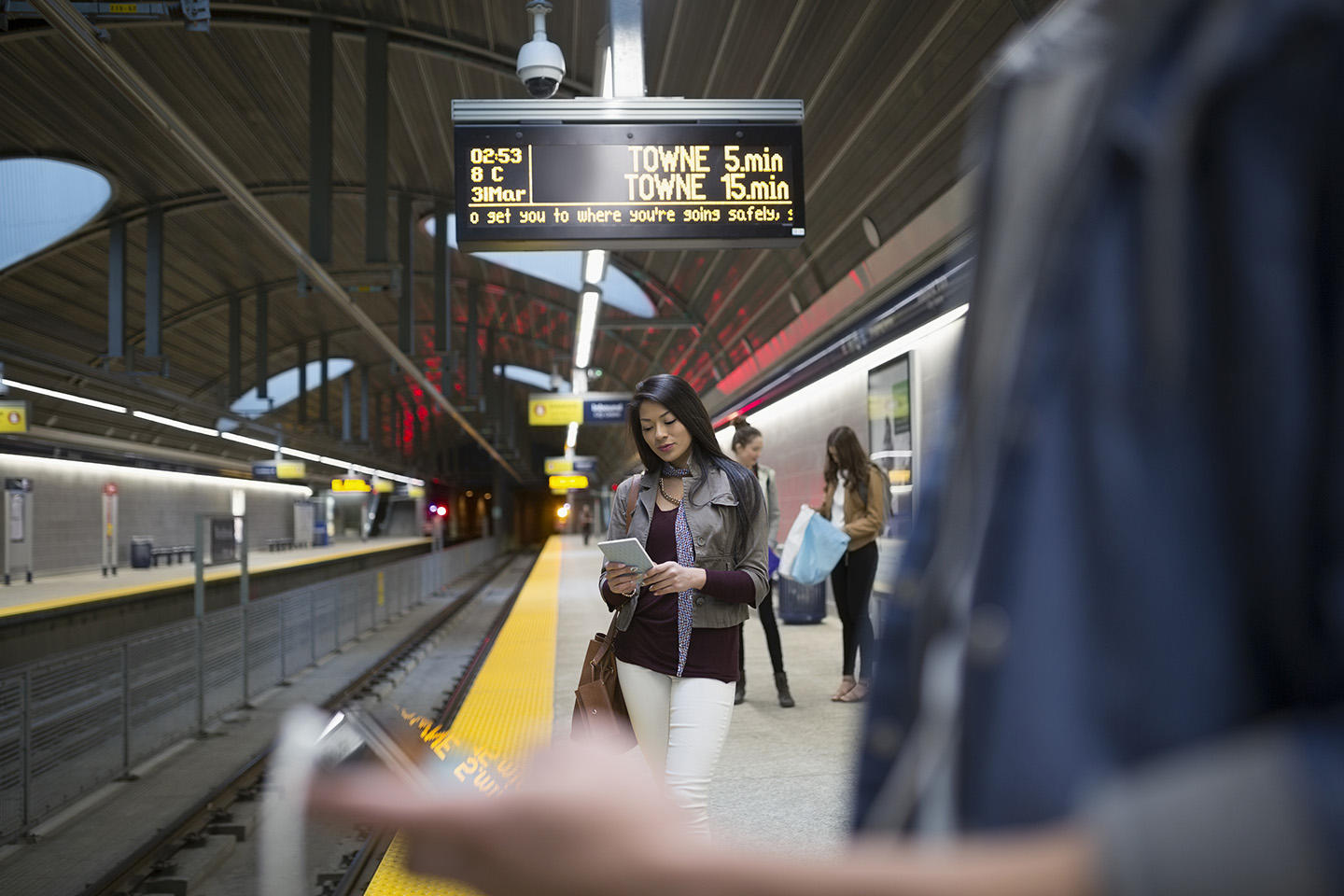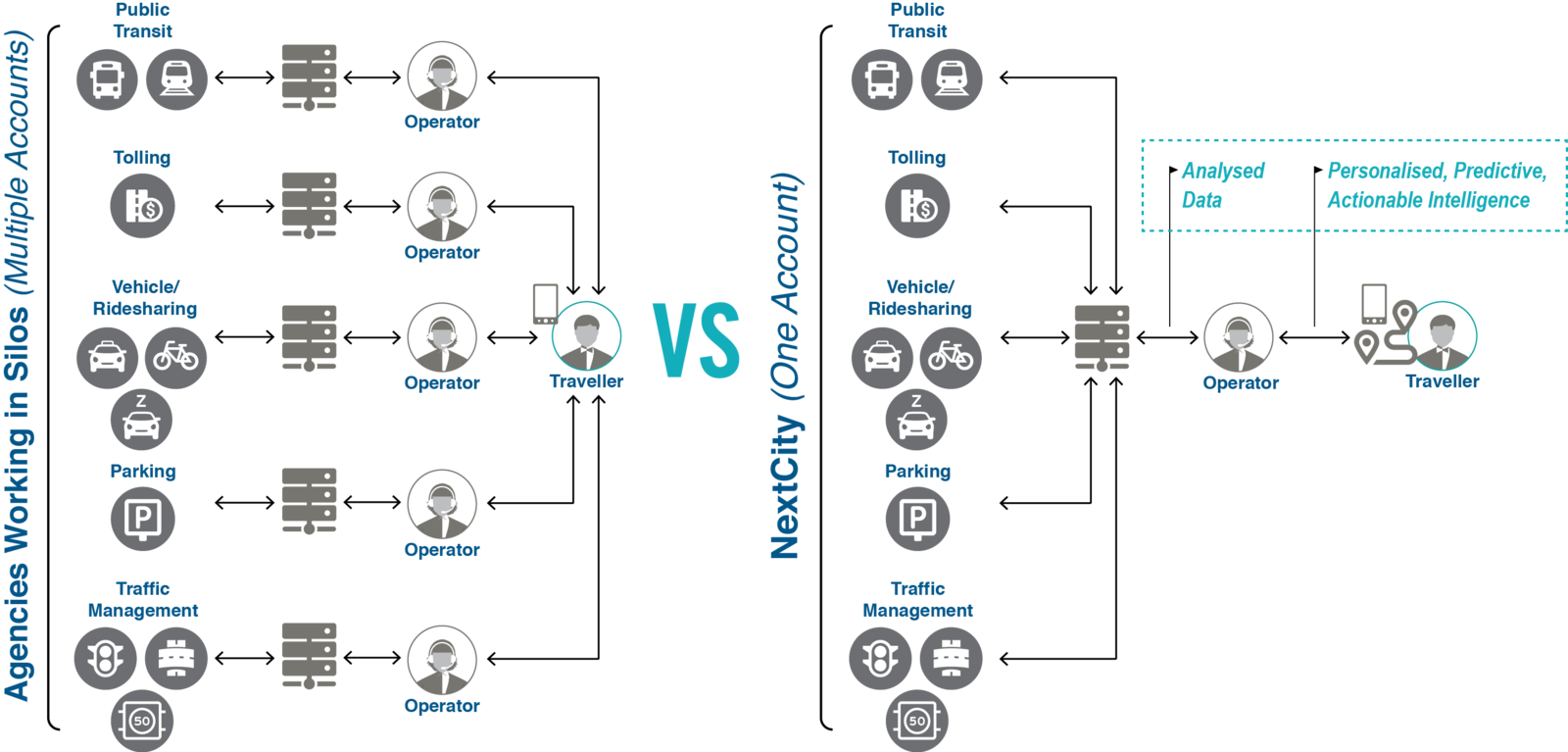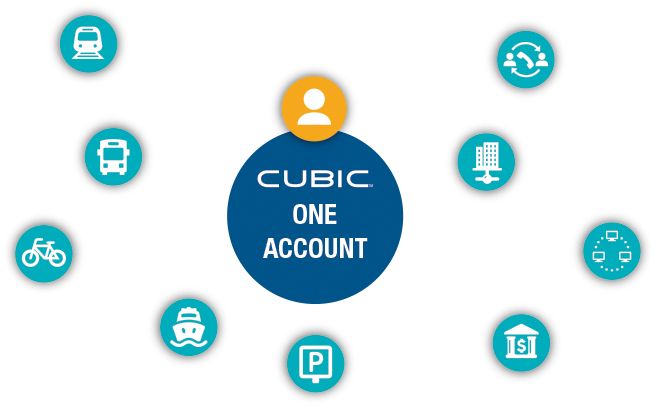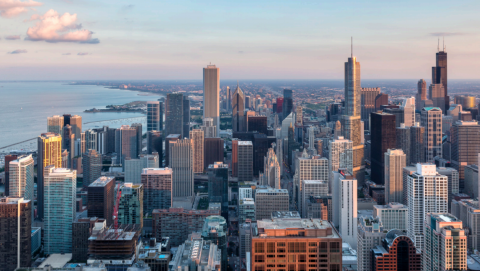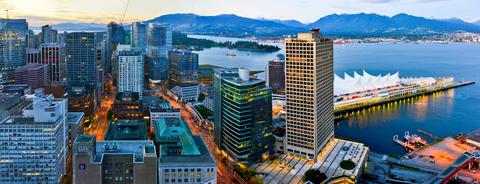The Problem
Today's traveler hurries from original to destination. A typical journey may involve two or three modes of transportation, such as a car, a train, and a bus.
For each of mode choice, travelers are making decisions in a silo - they cannot tell from one central information source if the road ahead is clear, parking is available, and the train and bus are on time. Equally, the rail and bus operators may be different, requiring travelers to carry two different fare. For transportation operators, the problem is even worse - they cannot optimize the transportation network and inform travelers of alternatives or offer incentives to alter the typical travel route to help reduce peak hour congestion. It is clear the fragmented systems and services that the transportation industry relies on today are no longer suitable to deal with today's variety of modes and travel patterns.
Transportation has reached a transition point, from which there is only one way forward – toward greater integration.

